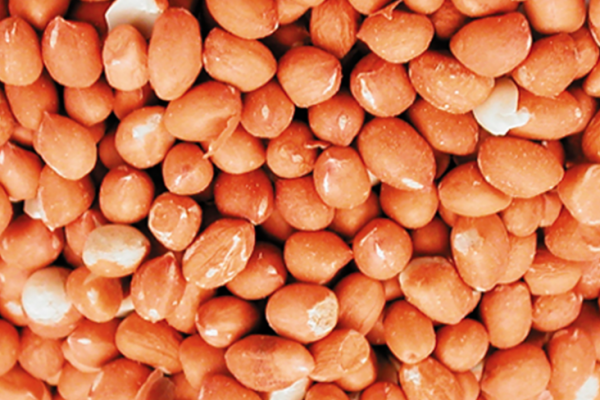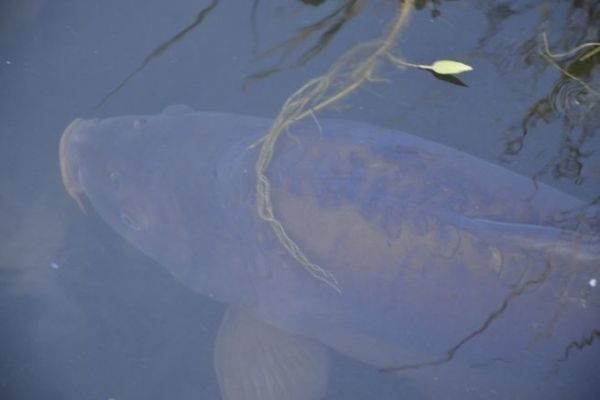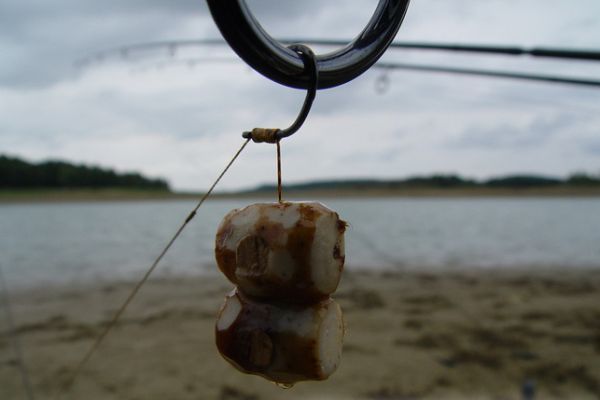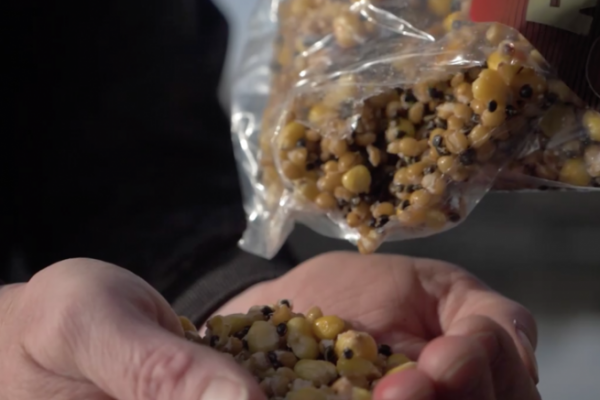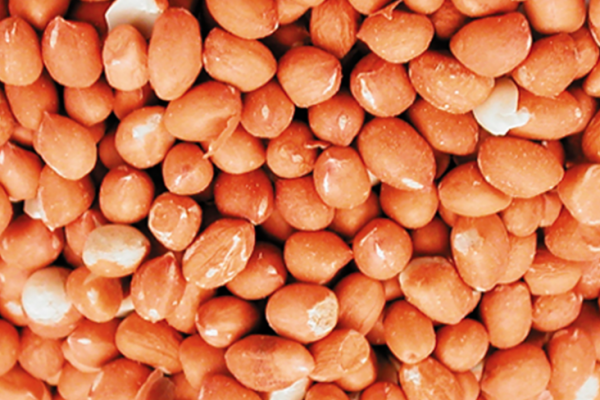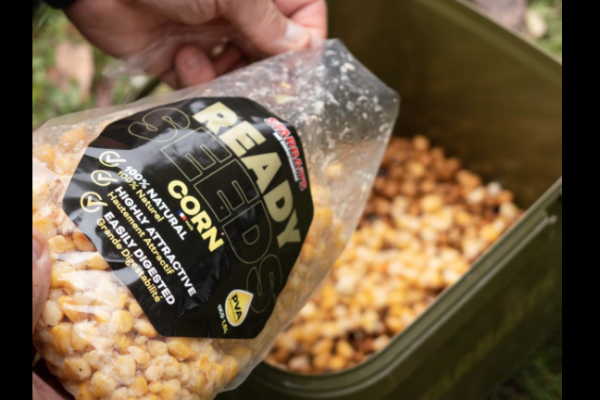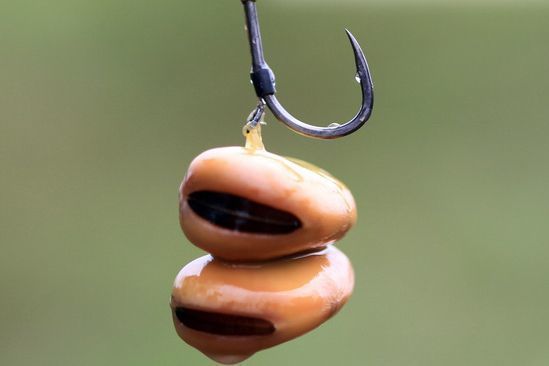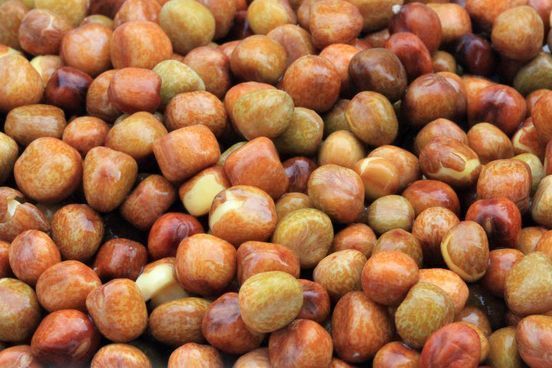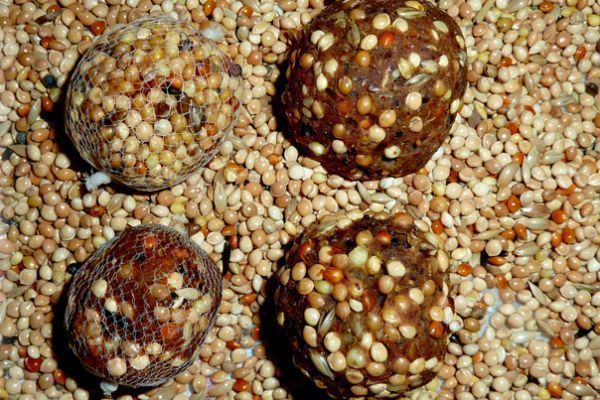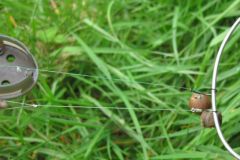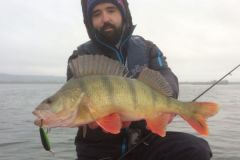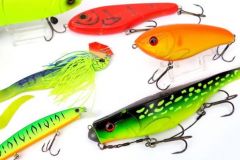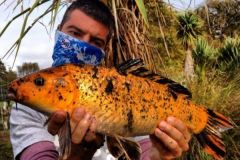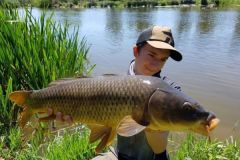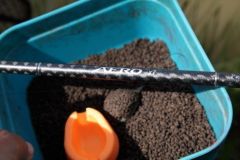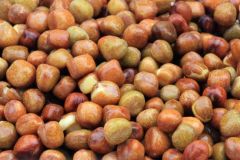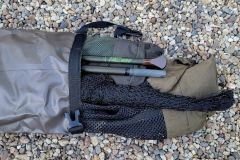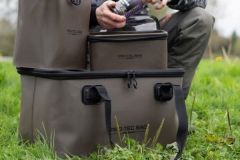The peanut or also called "peanut" (plant) has non-negligible advantages for carp fishing. It is a seed that paradoxically has its characteristics can be used in all seasons. On the other hand, it has some disadvantages that we must know imperatively in order not to cause mortality to our dear fish.
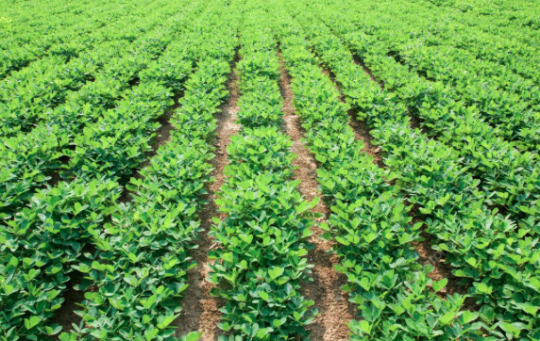
History and description
Latin name: Arachis hypogaea
English name: Peanut
Peanuts are grown intensively and harvested in late September in tropical, subtropical and temperate regions. The plants (20 to 90 cm high) lay their flower stems on the ground. The flowers enter then under ground (6 cm) as if to hide themselves and to transform themselves into peanuts (shell of two peanuts).
It belongs to the legume family, like beans. The peanut is therefore a source of fiber and protein. Its exact origin is difficult to determine since we find its presence along the Andes, but also in China (fossilized peanuts). Its expansion is due to its discovery by the Portuguese and the Spanish at the time of territorial expansion.
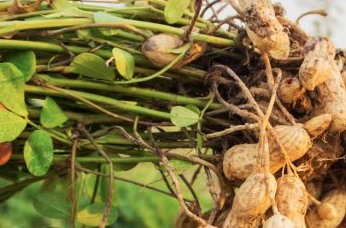
The nutritional qualities of the peanut
With its high oil content (about 50%) it belongs to the subcategory of oilseeds (seeds that are used to make oil). The peanut is therefore very nutritious and very energetic. This is why it is more digestible toasted than plain. This seed, which belongs to the legumes, has a low lysine content. On the other hand, it is an important source of energy thanks to its high rate of carbohydrates.
It is also rich in protein as well as calcium, potassium, phosphorus, iron and vitamin E. This seed being fat, it is often used in summer by fishermen. However, it works miracles in winter! This proves that the true truths about fishing are sometimes good to leave in the closet. This seed can be used all year round with good results.
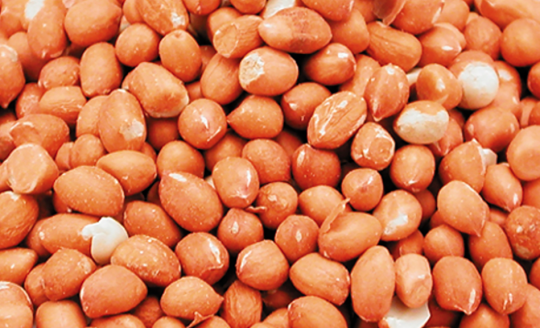
Preparation of peanuts for carp fishing
Soaking is a mandatory phase for peanuts, even more so than for other seeds. Indeed, once soaked, they take on a lot of volume. Not to soak them would lead to a subsequent swelling in the intestine of the carp. And there it is the drama! The peanut and there is its biggest problem can contain a deadly toxin: the aflatoxin. It is necessary to know that this toxin resists to heat. Therefore it is necessary to banish the massive priming.
We have seen by its composition that the peanut is very appreciated by the carps but in addition to that we should not neglect its very interesting mechanical aspect. Indeed, this seed has a low density which allows to use it with advantage on muddy funds and to arouse the curiosity of carps at the slightest movement of water. A soaking time of about 24 hours is perfect.
For cooking, 15 minutes (simmering water) are more than enough while keeping a good resistance in drying. On the other hand, its conservation time is very constraining since it should not exceed 2 to 3 days (according to the climatic conditions). You will quickly realize if they are gone! A very unpleasant smell will be released, in this case throw the whole thing in the trash, but especially not in the water! For long sessions, it is essential to prepare it at the water's edge, as and when needed.
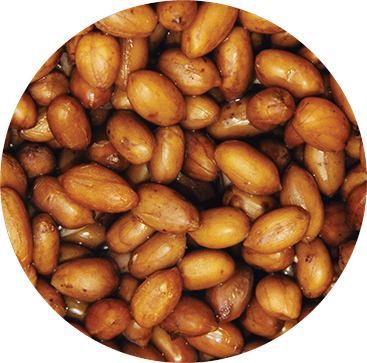
Drying
As far as drying and presentation are concerned, everything is possible, as you can see, without any particular difficulties. On the other hand, the peanut is much less resistant than a tiger nut can be, but cannot be considered as a very fragile bait for all that. For more resistance, it is possible to simply soak the peanuts (no cooking in this case only).
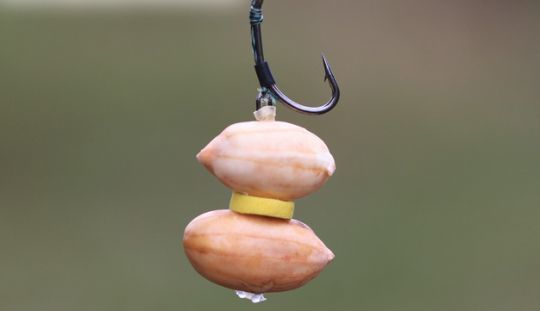
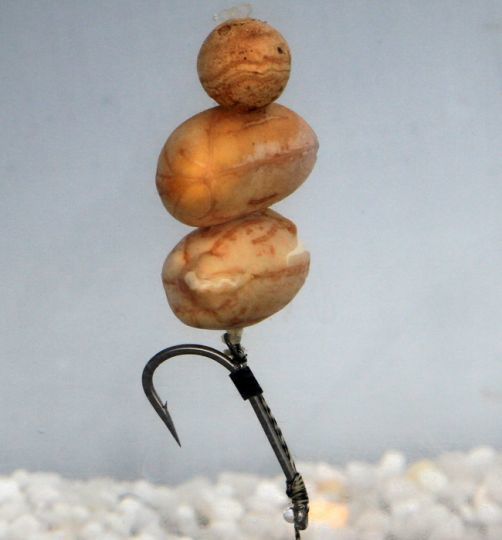
Tips and tricks for better fishing with peanuts
Peanut oil containing linoleic acid (heat resistant) is a good one to try in making boilies. For those who are addicted to soluble materials, dry a quantity of cooked seeds so that you can use them without problems.
If you prefer, you can saturate them with sugar, salt or any of your favorite additives (liquid or powder). This will make the seeds PVA friendly (usable with soluble materials).

With a well controlled preparation and a good use, the peanut is a seed very appreciated by carps. However, be careful to respect the "precautions for use" to avoid mortality!

 /
/ 